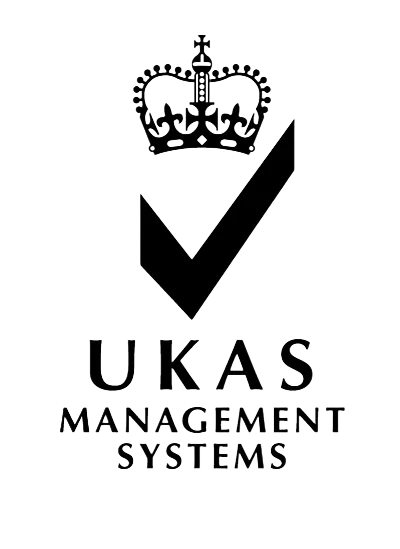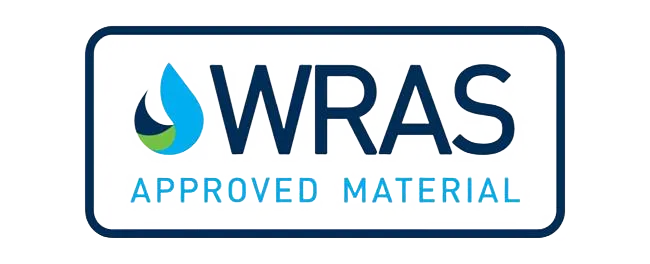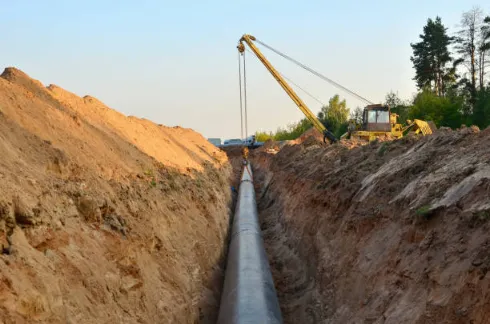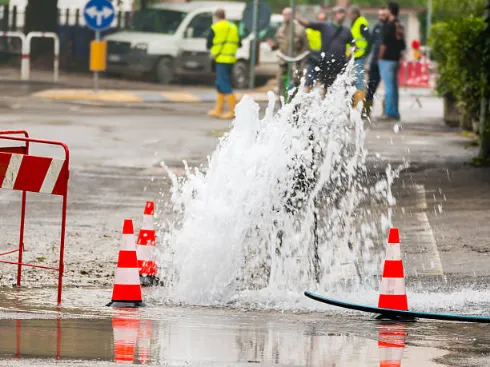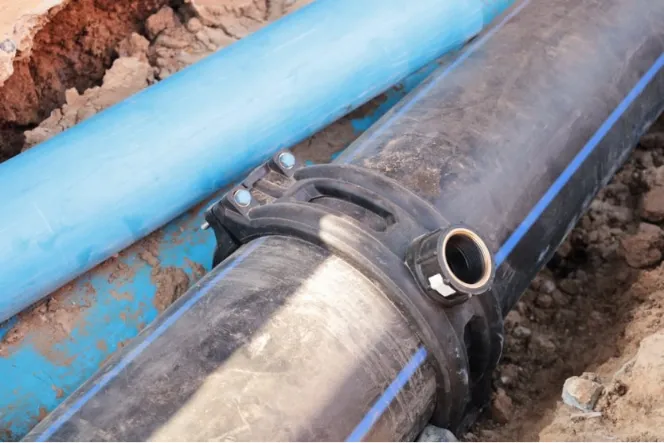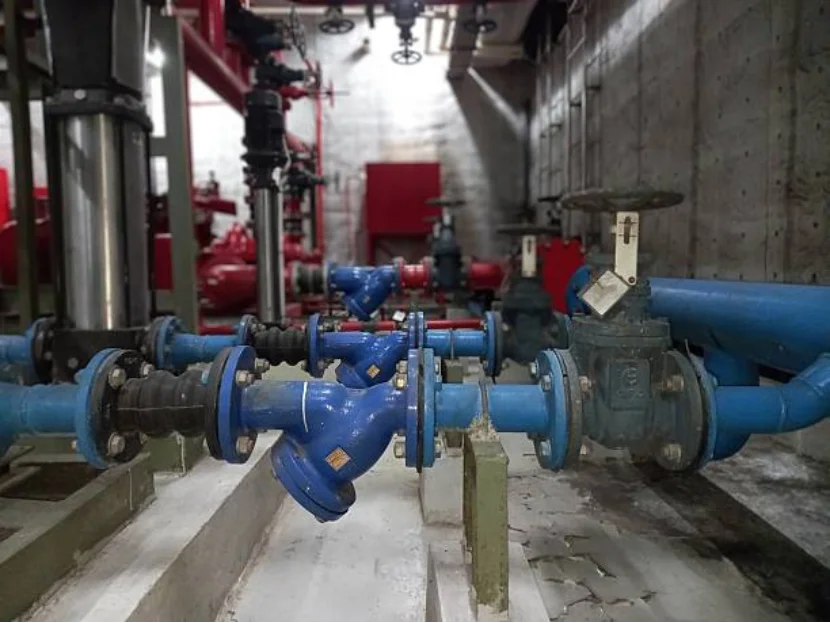
Ductile Cast Iron Pipe Fittings жөнүндө жалпы маалымат
Темирден жасалган түтүк фитингдери жана алардын негизги өзгөчөлүктөрү
Темирден жасалган түтүктөрдүн фитинги маанилүү бөлүктөр. Алар суу, газ же башка суюктуктарды ташуучу системаларда темир түтүктөрдү туташтырат, башкарышат же жабышат. Бул жабдуулар күчтүү куюлган темирден жасалган. Бул катуу, ийкемдүү жана катуу согуштарга дуушар болот. Эски куюлган темирден айырмаланып, куюлган темирде тегерек графит бөлүктөрү бар. Бул бөлүктөр аны күчтүү жана ийилүүчү кылат.
Графиттин тегерек формасы темирден жасалган түтүктөрдүн катуу болушуна жардам берет. Бул аларга басымдын өзгөрүшүн жакшы башкарууга мүмкүнчүлүк берет. Бул аларды күчтүү жана ийкемдүү болушу керек системаларга жакшы кылат.
Өнөр жай колдонмолорунда куюлган темир түтүк фитингдерин колдонуунун артыкчылыктары
Темирден жасалган түтүктөрдүн кубаттуулугу башка көптөгөн материалдарга караганда жакшыраак. Алар узак убакытка созулат, көбүнчө 100 жылдан ашык. Алар абдан күчтүү жана оор басымга каршы калат. Ошондой эле, аларды чоң өлчөмдө жасоого болот. Бул суюктуктардын жакшыраак агымына жардам берет жана энергияны үнөмдөйт.
Алар абдан катуу болгондуктан, темирден жасалган түтүктөр аба ырайынын начарлыгына туруштук берет. Алар кыйын шарттарда жакшы тандоо.
Бириктүү куюлган темирден жасалган түтүктөрдүн жалпы стандарттары жана спецификациялары
Алардын жакшылыгын жана башка бөлүктөр менен иштешин камсыз кылуу үчүн, ийкемдүү темир түтүктөр ISO 2531, EN 545/598, AWWA C110/C153 жана ANSI/AWWA C115 сыяктуу эрежелерге ылайык келет. Бул эрежелер өлчөмү, басым чектери, материалдар жана сыноолор боюнча стандарттарды белгилейт.
Түтүк тутумдарында колдонулган кубаттуу темир фитингдердин түрлөрү
Байланыш түрүнө негизделген классификация: Socket, Flanged жана Grooved
Темирден жасалган арматуралардын туташуунун ар кандай жолдору бар:
Socket шаймандары киргизүүчү же механикалык кубаттууларды колдонуңуз. Аларды орнотуу оңой.
Flanged фитинги болттар үчүн тешиктер бар жалпак беттери бар. Алар күчтүү байланыштар жасашат.
Кыдырылган жабдуулар тез орнотуу үчүн туташтыргычтарды колдонуңуз.
Ар бир түрү ар кандай муктаждыктарга ылайыктуу. Бул түтүктүн канчалык ийкемдүүлүгүнө же орнотуу кыйынчылыктарына көз каранды.
Темир менен жасалган фитингдердин жана алардын колдонмолорунун жалпы көрүнүшү
Тик, агып кетпеген байланыш керек болгон жерде темирден жасалган фланкалуу фитингдер колдонулат. Алар насостук станциялар, клапандар, сууну тазалоочу станциялар жана өнөр жай түтүктөрү үчүн эң сонун. Бул системаларга көбүнчө текшерүү же бөлүктөрдү алмаштыруу керек. Фитингдер механикалык туташтыруулар, түрткү туташтыруулар же фланкалык туташтыруулар менен туташтырылат.
Атайын компоненттер: Игиликтер, Tees, Reducers жана End Caps
Атайын бөлүктөргө төмөнкүлөр кирет:
ИгирилгенАлар суюктуктын жолун өзгөртөт.
БилдирүүАлар суюктукту ар кандай багыттардан бөлүнөт же бириктирет.
РедукторлорАлар ар кандай өлчөмдөгү түтүктөрдү туташтырат.
Акыркы капкактарАлар түтүктүн аягын мөөрдөйт.
Бул бөлүктөр татаал түтүк системаларын курууга мүмкүнчүлүк берет. Алар системаны күчтүү сактайт.
Өнөр өнөр жайларда куюлган темирден жасалган түтүк фитингдеринин колдонулушу
Суу менен камсыз кылуу жана дренаж системаларында колдонуу
Темирден жасалган түтүктөр шаардык суу системаларында жакшы иштейт. Алар оңой эле тутпайт жана узак убакытка созулат. Алар көбүнчө жер астындагы сууларды көчүрүү үчүн колдонулат, анткени алар дат менен каршы чыгат жана күчтүү. Ошондой эле алар дренаж системаларында көп көлөмдөгү жаан сууну иштетилет.
Жылытуу жана муздатуу тармактарынын ролу
Чоң жылытуу же муздатуу системаларында темирден жасалган фланчалуу фитингдер ысык же муздак сууну узак аралыктарга алып барат. Алар ысык астында ийилбейт же сынбайт. Алардын күчү аларды жогорку температурада коопсуз кылат.
Газды бөлүштүрүү жана мунай өткөрүү линияларында ишке ашыруу
Болот жогорку басымдагы газ линияларында кеңири таралган. Бирок төмөнкү басымдагы газ системаларында ийкемдүү темир түтүктөрдүн фитинги колдонулат. Алар тозууга жакшы каршы турат. Алардын бекемдүүлүгү топурактын кыймылдашын же жер титирөөсүн алдын алууга жардам берет.
Химиялык иштетүү заводдорунда колдонуу
Химиялык заводдорго катуу суюктуктарды иштетүүчү материалдар керек. Темирден жасалган түтүктөр цементтик миномет же эпоксиддик каптоолор сыяктуу каптоолорго ээ. Бул каптоолор темир менен көмүртек аралашуусунан улам дат тоскоолдуктайт. Бул аларды химиялык калдыктарды көчүрүүгө жакшы кылат.
Темирдин негизги өзгөчөлүктөрү жана артыкчылыктары
Басымга каршылык жана флангалык байланыштардын механикалык бекеми
Темирден жасалган арматуралар жогорку басым үчүн күчтүү мөөрлөрдү жасаңыз. Алар бекемдүүлүк муктаждыктарын канааттандырат: 60,000 пси тартуу бекемдүүлүгү, 42,000 пси чыгаруу бекемдүүлүгү жана 10% созулуу. Бул өзгөчөлүктөр аларды кыйын өнөр жай шарттарында ишенимдүү кылат.
Коррозиядан коргоо ыкмалары
Бул жабдуулар көбүнчө цинкке бай боёк же битум сыяктуу тышкы каптоолорго ээ. Ичкинде цементтик миномет сыяктуу капталдар катуу суюктуктардан коргойт. Бул катмарлар жабдууларды узак убакытка созушат.
Башка түтүк материалдары менен шайкештик
Темир менен жасалган фитингдер ПВХ, болот же HDPE түтүктөрүнөн жасалган түтүктөргө оңой байланышат. Адаптерлер аларга ылайыкташтырууга жардам берет. Бул аларды эски системаларга баарын алмаштырбай кошууну оңой кылат.
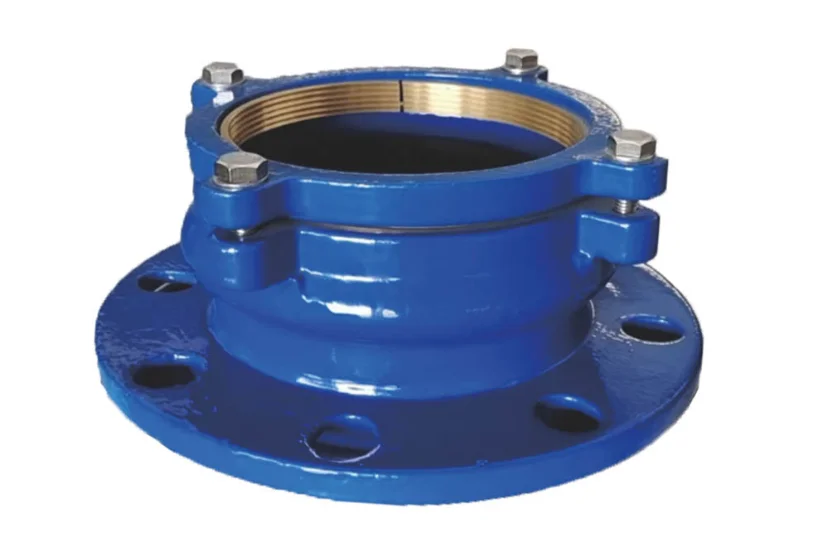
Түбүк тутумдарындагы кубаттууларды бөлүштүрүүнүн ролун түшүнүү
Биргирүүлөрдү эмне үчүн жана алар түтүктөрдүн тармактарында кантип иштейт
Dismantling joints бул түтүктөрдүн негизги бөлүгү. Клапандар же өлчөөчүлөр сыяктуу бөлүктөрдү бекиткенде же алмаштырганда, сизге фланкалар менен түтүк өткөрүшүнүн ортосундагы аралык керек. Бул аралык үчүн бөлүштүрүүчү кубаттуулар жасалат. Аларда орнотуу же оңдоо учурунда кыймылдайт.
Темирден жасалган түтүктөрдүн кубаттуулары менен кубаттууларды демонтаждоонун артыкчылыктары
Биргизүүлөрдү жок кылуу клапандар сыяктуу түтүк бөлүктөрүн кошууну же алып салууну оңой кылат. Сиз аларды клапанды туура жерге орнотуу үчүн жөнгө сала аласыз. Бул убакытты үнөмдөйт жана түзүлүштү жакшыртат. Conflex Joints Customization Service сиздин системаңыздын муктаждыктарына ылайыкташтырылган демонтаждоо кубаттууларын сунуштайт.
Биргизүүлөрдү демонтаж кылуу техникалык тейлөөнүн натыйжалуулугун жакшыртат
Клапандарды, насосторду же өлчөөчүлөрдү камсыз кылган системаларда туташтырууларды демонтаждоо жардам берет. Бул эки фланкалуу түтүктөр узундугун өзгөртүүгө мүмкүнчүлүк берет. Алар насостор сыяктуу оор бөлүктөрдү түтүктү кесүүсүз алып салууга мүмкүнчүлүк берет. Бул тез оңдоо же пландаштырылган тейлөө учурунда убакытты үнөмдөйт.
Темирден жасалган түтүктөрдүн орнотуу боюнча көрсөтмөлөр
Орнотуудан алдын ала текшерүү жана сайтты даярдоо талаптары
Фитингдерди орнотуудан мурун:
Бардык бөлүктөрдү зыянга учургандыгын текшериңиз.
Сайтты таза сактаңыз.
Түтүктөрдүн туура түзүлүшүнө көз караңыз.
Системанын муктаждыктарына ылайыктуу басымды текшерүү.
Жакшы даярдоо орнотуудан кийин басымды текшерүүдө тобокелдиктерди төмөндөтөт.
Икемдүү темирден жасалган фитингдерди чогултуунун туура ыкмалары
Фланжалуу кубаттууларды бириктирүү үчүн:
Фланжаларды кылдаттык менен сактагыла.
Алардын ортосунда тыгыздоону бирдей салыңыз.
Болттарды айкалыш үлгүсүндө айкалыш ачкычы менен тыгыздырыңыз. Өндүрүүчүнүн көрсөтмөлөрүн аткарыңыз.
Чөп катуу эмес. Бул фланжаларды жарыгып же тыгыздарды бузууга мүмкүнчүлүк берет.
Бул системаны басымдын өзгөрүшүнө карабастан да агып кетпейт.
Узак өмүрдү камсыз кылуу үчүн демонтаждоочу кубаттууларды орнотуунун мыкты ыкмалары
Монтаждоону созуу үчүн:
Таяктарды бекемдөөдөн мурун жиптерге дат каршы каптоону коюңуз.
Болттарды бекемдөө үчүн туура куралдарды колдонуңуз.
Кеңирилгенден кийин дагы бир жолу турукташтырууну текшериңиз.
Бул ошондой эле клапан менен монтаждын ортосундагы туура аралыкты орнотууга жардам берет. Аны фланцага кулпуудан мурун узундугун жөнгө салыңыз.
Көп берилген суроолор (FAQ)
С: Сокет жана фланкалуу байланыштар кантип айырмаланат?
Сокеттик туташтыруулар түрткү туташтырууларды колдонот. Алар ийилиши керек жер астындагы түтүктөр үчүн мыкты. Фланкалуу туташуулар катуу, катуу мөөрлөрдү жаратат. Алар тез-тез текшерүүлөрдү же бөлүктөрдү алмаштырууну талап кылган жер үстүндөгү системалар үчүн жакшы.
С: Алар канча убакытка созулат?
Жакшы сактоо менен, куюлган темирден жасалган түтүктөр 100 жылдан ашык убакытка созулат. Алардын күчтүүлүгү жана дат өткөрүп турган өзгөчөлүктөрү, мисалы, цементтик каптоолор же битумдуу каптоолор, аларды сактап турууга жардам берет.
С: Биргизүүлөрдү демонтаж кылуу пластикалык түтүктөр менен иштейби?
Ооба, кубаттууларды жок кылуу көптөгөн түтүк материалдары менен иштейт. Сиз болоттон, ПВХден же темирден жасалган түтүктөрдү колдонуп жатсаңыз да, анда тиешелүү демонтаж кубаттуу бар.
С: Аларды орнотуу үчүн атайын куралдар керекпи?
Жөнөкөй айланма ачкычтары жетиштүү. Болот түтүктөрдөн айырмаланып, ширетүү керек эмес. Темирден жасалган түтүктөрдүн кубаттуулары өзгөртүүлөр учурунда жолду өзгөртүүнү жеңилдетет.
С: Мен кайдан жеке чечимдерди таба алам?
Conflex Joints атайын демонтаж кубаттууларын сунуш кылат. Алар суу системалары же мунай түтүктөрү сыяктуу долбоорлор үчүн иштелип чыккан, алар мыкты ылайыктуулукту камсыз кылат.
Биздин өнүмдөрүбүз, анын ичинде Conflex Joints, кийинки долбооруңузга кантип жардам бере турганы жөнүндө көбүрөөк маалымат алуу үчүн, биз менен байланышыңыз.


